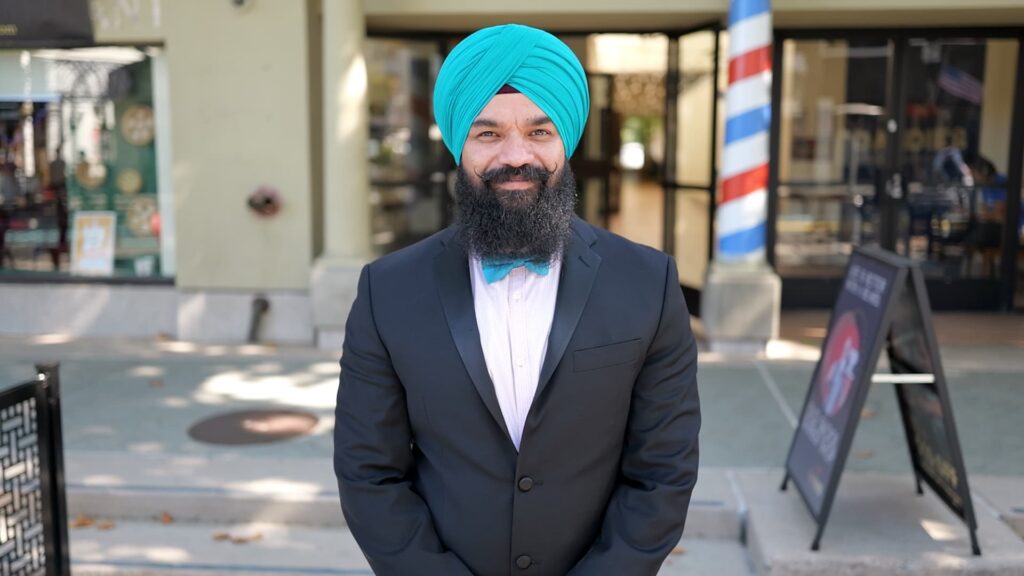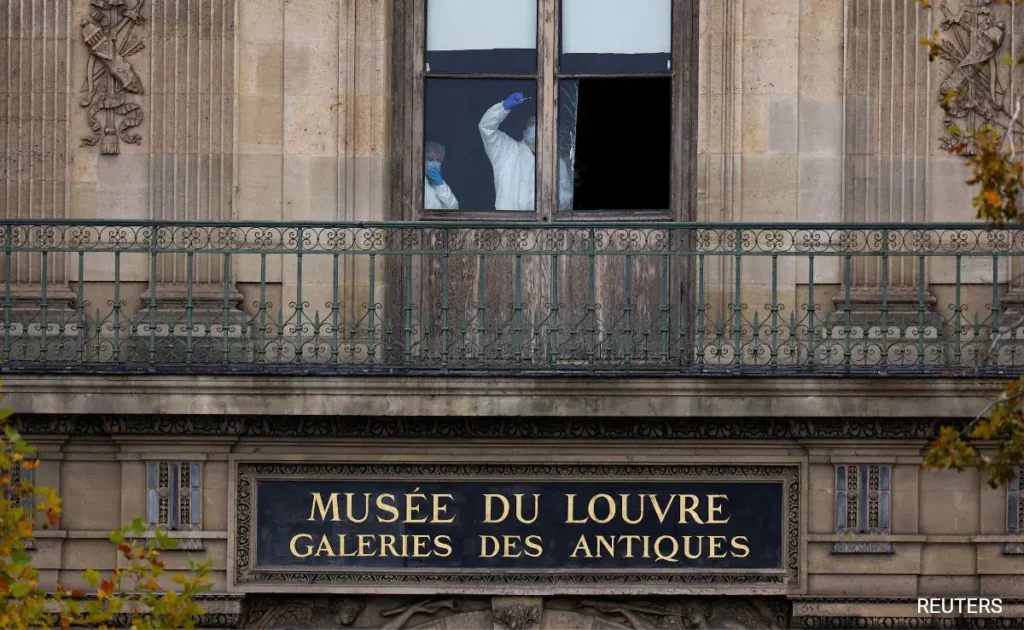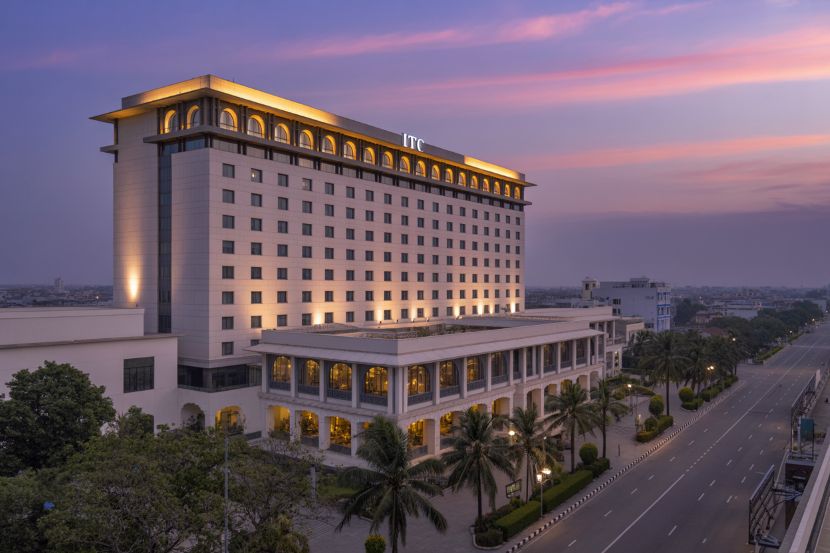Now Reading: Demolition Drive Begins in Delhi’s Bhoomiheen Camp, Residents Left Scrambling
-
01
Demolition Drive Begins in Delhi’s Bhoomiheen Camp, Residents Left Scrambling
Demolition Drive Begins in Delhi’s Bhoomiheen Camp, Residents Left Scrambling

A large-scale demolition drive was launched in Delhi’s Bhoomiheen Camp area, leading to chaos and distress among local residents. The sudden operation, conducted by civic authorities, has sparked concerns about displacement, lack of prior notice, and the rehabilitation process. For hundreds of families living in makeshift homes, the day began with uncertainty and fear as bulldozers rolled in.
Why the Demolition Was Carried Out
According to officials, the demolition is part of an anti-encroachment campaign aimed at clearing unauthorized settlements on government land. The drive is linked to broader urban development plans, particularly focused on safety, sanitation, and infrastructure expansion.
However, residents argue that they have lived in the area for years and were neither properly notified nor offered alternative accommodation before their homes were brought down.
Scenes on the Ground
As the operation unfolded, several families were seen hurriedly collecting their belongings. Children and elderly individuals sat amid debris, unsure of what to do next. Many said they had nowhere else to go and had not received any formal warning or rehabilitation support.
Social workers and volunteers arrived to provide food and temporary shelter, but the demand far outweighed the resources available.
Concerns from Locals and Activists
Local activists have raised questions about the timing and execution of the drive. They argue that such actions, especially during hot summer months, create additional challenges for the urban poor. Some have called for immediate intervention by government bodies to ensure affected families are provided with proper relocation facilities.
For residents of Tier 2 cities watching these events unfold, the situation also highlights the growing tension between urban development and the rights of informal settlers.
Conclusion
The demolition at Bhoomiheen Camp underscores a familiar conflict in rapidly growing Indian cities — balancing the need for urban planning with the rights and dignity of vulnerable communities. As Delhi transforms, the question remains: can development truly be inclusive without leaving its most fragile citizens behind?

























